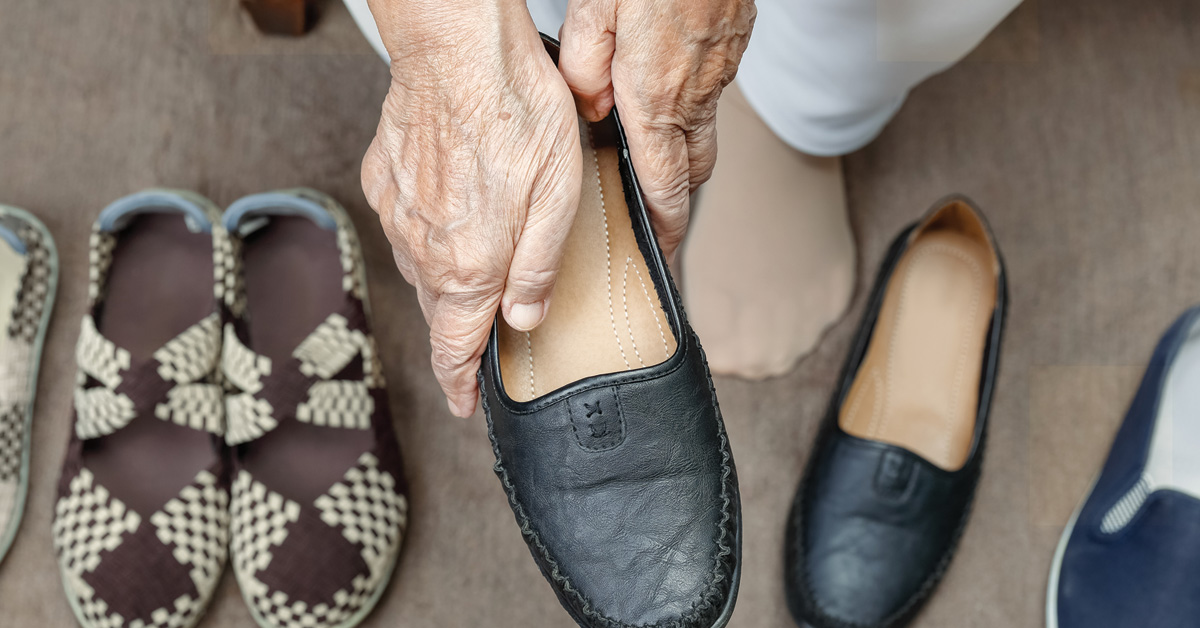
Seeing the Same Nurse for Each Home Health Visit Improves Outcomes
Medical home health sends clinicians to the homes of their patients. The clinicians come from at least two disciplines such as nursing and home health aides. More often they come from four to six disciplines including physical therapy, speech/language pathologists, and occupational therapists. There can be even more clinician types if the home health agency chooses. For an elderly patient recovering at home, it can be a dizzying parade of clinicians visiting the home. However, this multidisciplinary approach, sending the clinician with the right skill set for the best outcomes, is at the heart of what home health does and explains much of its success.
When thinking about the number of different people home health will send to your home, there is also the question of how many different nurses. Will they send the same nurse for each visit or a different nurse each time? One could hypothesize that sending multiple nurses might improve outcomes. Patients gain access to a broader skill set, and home health agencies may be sending the nurse with the most availability.
On the other hand, a few agencies go out of their way to send the same nurse for each home health visit. They hypothesize that this improves a patient’s comfort level with the nurse and reduces the likelihood of something getting missed. Which theory is right? Now we know. In June, Medical Care, a journal of the American Public Health Association, published a study showing that home health patients receiving all their visits from the same nurse have fewer hospitalizations compared to patients seeing more than one nurse.1
The Research Regarding Nursing Continuity in Home Health
New York University’s Chenjuan MA PhD, and her research colleagues, analyzed the health records of nearly 24,000 home health patients with dementia. Nationwide, more than one in five home health patients are affected by Alzheimer’s or related dementias. Researchers divided cases into three groups:
- High Continuity: all visits were made by the same nurse
- Low Continuity: each visit was made by a different nurse
- Moderate Continuity: everything in between
Moderate and low continuity cases were associated with 30% to 33% higher hospitalization rates. Hospitalization rates serve as an all-encompassing measure of patient protection and improvement in home health. Home health should help patients avoid unnecessary hospitalizations, so lower hospitalization rates imply that the home health services are more effective.
How Common is High-continuity Nursing in Home Health?
Only one in four home health cases involved high continuity nursing. In later commentary, lead author Ma stated, “Having the same person delivering care can increase familiarity, instill trust, and reduce confusion for patients and their families.”
References
- Ma C, McDonald M, Feldman P, et al. Continuity of nursing care in home health: impact on rehospitalization among older adults with dementia. Medical Care. 2021: electronically published ahead of print; doi: 10.1097. Available at https://journals.lww.com/lww-medicalcare/Abstract/9000/Continuity_of_Nursing_Care_in_Home_Health__Impact.98135.aspx






